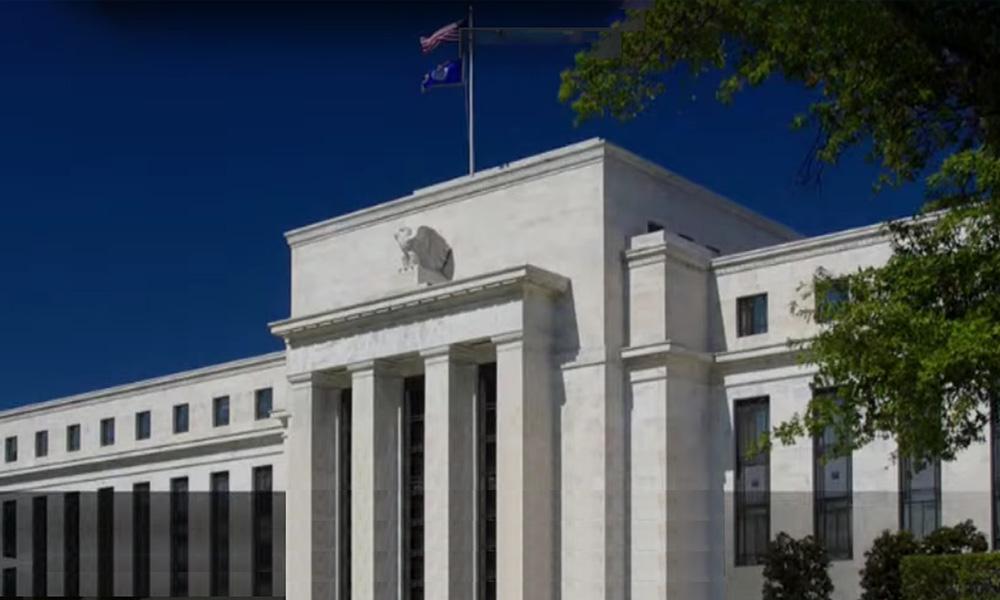Is the Federal Reserve about to change? A major policy shift that will shake the global economy is brewing!
2025-07-30 08:56:51

1. Political Storm: Who is shaking the Federal Reserve’s control over interest rates?
1. Cruz's "cut off the fire" proposal
In June, Republican Senator Ted Cruz launched a surprise attack, attempting to abolish the Federal Reserve's authority to pay interest on bank reserves. This policy, implemented since the 2008 financial crisis, is considered the Fed's lifeblood in regulating interest rates. If passed, the Fed would be forced to return to the pre-crisis system of scarce reserves, potentially exposing its trillions of bonds to a potential sell-off.
2. Trump's "shadow battlefield"
With Powell's term expiring in May 2026, the Trump administration is quietly planning its successor. The president, who has repeatedly criticized the Federal Reserve, is leaning toward appointing dovish figures who support interest rate cuts. The intertwined political pressure and academic debate are posing unprecedented challenges to the Fed's independence.
2. Systemic Dispute: Why is the current mechanism so controversial?
1. The "double-edged sword" interest payment system
Under the current system, the Federal Reserve precisely controls interest rates by paying interest on reserves. However, this has led to two major side effects: first, it has been criticized as a disguised subsidy to Wall Street banks; second, it has transformed the Fed from a "fiscal cash cow" (generating hundreds of billions of dollars in annual profits) into a major loss-maker. Former New York Fed President William Dudley defended the system, arguing that "operational convenience is irreplaceable," but even he acknowledged that the current losses stem from the interest rate mismatch on long-term bonds.
2. The cost of returning to the old system
Duke University professor Ellen Mead warned that a forced return to the pre-crisis system would require the Federal Reserve to sell a massive amount of bonds, which would push up real interest rates and trigger "macroeconomic pain." Furthermore, the current banking system has adapted to ample reserves, and a sudden withdrawal could risk a repeat of the 2019 "cash shortage" crisis.
3. Balance Sheet: The Next Eye of the Storm
1. The crossroads of the balance sheet reduction process
Since launching quantitative tightening (QT) in 2022, the Federal Reserve has reduced its bond holdings by $2 trillion. The current $6.7 trillion balance sheet is just shy of the market's estimated "safety line" of around $6.1 trillion. However, potential successor Waller advocates for a more aggressive reduction to $5.9 trillion, while another leading candidate, Kevin Warsh, has even called for a "double whammy"—a simultaneous interest rate cut and a significant sell-off of debt.
2. The tug-of-war between academics and practitioners
While Warsh's radical proposal has been questioned by research firm Wrightson ICAP as a "theoretical utopia," analysts acknowledge that it reflects deep divisions within the Federal Reserve regarding its balance sheet. LH Meyer analyst Derek Tang noted that this debate is essentially about "redistributing power between monetary and fiscal policy," particularly during the sensitive period when Trump is seeking re-election.
Conclusion: Dangers and opportunities in change
The Federal Reserve stands at a historic inflection point: will it maintain the current sophisticated yet fragile system, or risk a return to the traditional framework? Either path will reshape global capital flows. For investors, this balancing act presents both turbulent risks and a once-in-a-decade opportunity to capitalize.
- Risk Warning and Disclaimer
- The market involves risk, and trading may not be suitable for all investors. This article is for reference only and does not constitute personal investment advice, nor does it take into account certain users’ specific investment objectives, financial situation, or other needs. Any investment decisions made based on this information are at your own risk.





















